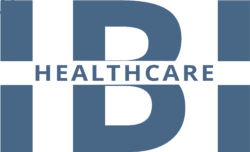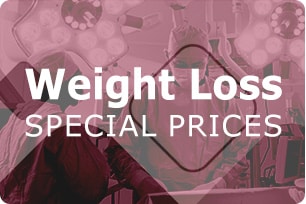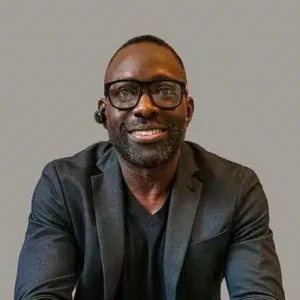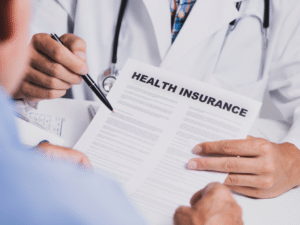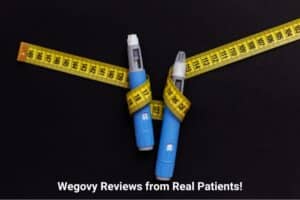Varicose veins treatment refers to medical and non-medical approaches used to relieve symptoms of twisted, enlarged veins in the legs. These veins often look swollen, blue, or purple. They can cause pain, fatigue, itching, or discomfort. Most people notice them on the back of their legs or around the knees.
When blood flow slows or becomes blocked, veins can swell and rise under the skin. Over time, this condition can lead to more serious health issues if not treated. That’s why understanding treatment options and acting early is so important.
How Do Varicose Veins Develop?
To understand varicose veins treatment, it’s helpful to know why these veins appear in the first place. Your veins contain valves that keep blood flowing toward your heart. Sometimes these valves weaken or get damaged. When that happens, blood can collect in the veins instead of flowing smoothly.
This causes the veins to swell, stretch, and twist. The result is a varicose vein.
Certain factors make you more likely to develop them, including:
- Standing or sitting for long periods
- Aging
- Family history of vein problems
- Obesity
- Pregnancy
- Lack of movement
Common Signs and Symptoms of Leg Vein Problems
Varicose veins may seem like a surface-level issue, but they often come with uncomfortable symptoms. Some signs you need treatment include:
- Veins that bulge or twist under the skin
- Aching or heavy-feeling legs
- Muscle cramps or burning in your calves
- Swollen ankles or feet, especially at the end of the day
- Itchy skin around the veins
- Skin discoloration or ulcers in advanced cases
Many of these signs start mildly but can worsen if ignored. The good news? There are simple ways to manage and treat swollen leg veins before complications arise.
When Should You Seek Varicose Veins Treatment?
Sometimes, varicose veins don’t cause any discomfort. But if the symptoms disrupt your daily life, it’s time to talk to a healthcare provider. You should consider treatment if you experience:
- Pain or burning in your legs
- Frequent leg cramps
- Skin changes around the veins
- Sores or ulcers that don’t heal
- Nighttime throbbing or restlessness in your legs
These symptoms may signal more serious vein conditions like chronic venous insufficiency. The sooner you act, the easier it is to treat the problem.
Medical Treatments That Actually Work
Let’s walk through some of the most effective medical treatments for varicose veins. These are often performed in clinics and usually require little or no recovery time.
1. Sclerotherapy
Doctors inject a salt or foam solution directly into the affected vein. This causes the vein to collapse and eventually fade. It works best on smaller or medium-sized varicose veins and usually doesn’t require anesthesia.
2. Laser Therapy
This treatment uses strong bursts of light aimed at the vein, causing it to shrink and fade. It’s ideal for small varicose veins near the skin’s surface. Patients love that it’s quick and doesn’t involve needles.
3. Radiofrequency Ablation
This method involves inserting a thin tube into the vein. The tube delivers heat, which closes the vein from the inside. Over time, the vein disappears as the body absorbs it. It’s a great option for larger veins.
4. Endovenous Laser Treatment (EVLT)
Similar to radiofrequency ablation, this procedure uses a laser fiber inside the vein. It’s guided by ultrasound and works well for more serious cases. Most people return to normal activity the next day.
5. Surgical Removal (Vein Stripping)
For very large or damaged veins, your provider might recommend removing them entirely. Though less common today, it’s still used when other treatments fail.
Minimally Invasive Procedures vs. Surgery
Most modern varicose veins treatment options are minimally invasive. That means you can walk in and walk out without a hospital stay. These treatments use tiny incisions or catheters, and most people recover quickly.
Surgical vein stripping, by contrast, usually requires more downtime. However, it’s still necessary for some advanced cases where the vein cannot be closed or treated through other means.
Whenever possible, doctors will guide you toward the safest, least invasive solution for your situation.
Natural Ways to Support Vein Health
While medical procedures are effective, there are many vein health tips you can practice at home to improve your symptoms. In fact, making these changes consistently may help you avoid future treatment altogether.
Daily Walks
To begin with, walking strengthens your leg muscles and encourages blood flow. Just 30 minutes a day can make a noticeable difference. As a result, your veins work more efficiently, and your symptoms often decrease.
Leg Elevation
In addition, raising your legs above heart level helps blood return to your heart more easily. For best results, try elevating your legs a few times a day for at least 15 minutes each session. Consequently, this may reduce swelling and relieve pressure on your veins.
Avoid Prolonged Sitting or Standing
Moreover, staying in one position for too long can worsen vein issues. To avoid this, change positions every 30 minutes. For example, flex your ankles, shift your weight, or stretch your calves throughout the day. By doing so, you support healthy circulation.
Maintain a Healthy Weight
Likewise, keeping a healthy weight plays a key role in reducing vein pressure. Extra weight puts stress on your lower body, especially your legs. Therefore, following a balanced diet and regular exercise routine can significantly ease that strain.
Wear Compression Stockings
Finally, wearing compression stockings can make a big impact. These specially designed socks improve circulation and reduce swelling. Depending on your needs, they come in different strengths and lengths. As such, your doctor can help you choose the most suitable type.
Helpful Lifestyle Tips for Vein Pain Relief
Vein pain relief starts with small changes. If your legs often feel sore or heavy, consider the following:
- Avoid wearing tight clothes that restrict blood flow
- Choose low-heeled shoes instead of high heels
- Stay hydrated to support good circulation
- Use cold packs to soothe swelling after a long day
Consistency is key. These changes may not fix the veins, but they can relieve discomfort and prevent symptoms from getting worse.
Are Varicose Veins Dangerous?
Although not always dangerous, untreated varicose veins can lead to serious health risks. Some of these include:
- Blood clots (deep vein thrombosis)
- Open sores (venous ulcers)
- Bleeding from burst veins
- Skin infections (cellulitis)
If you have any of these complications, seek medical care right away. A specialist can recommend the most effective varicose veins treatment for your condition.
How to Choose the Right Treatment Option
Choosing the best treatment depends on your symptoms, overall health, and how advanced your leg vein problems are. Talk openly with your provider about:
- What outcomes you expect
- How quickly you want to recover
- Your comfort level with procedures
- Insurance or cost considerations
Most people find relief with non-surgical approaches. But in some cases, surgery might still be necessary for long-term results.
Who Treats Varicose Veins?
A variety of medical specialists offer varicose veins treatment, including:
- Vascular surgeons
- Dermatologists
- Interventional radiologists
- Phlebologists (vein specialists)
If you’re not sure who to see, start with your primary care doctor. They can refer you to a vein specialist with the right training and tools.
Varicose Veins in Pregnancy
Pregnancy is a common trigger for swollen leg veins due to increased blood volume and hormonal changes. While most pregnancy-related varicose veins fade after birth, you can still manage symptoms during pregnancy by:
- Wearing compression stockings
- Elevating your legs often
- Sleeping on your left side
- Staying active with low-impact movements
Always talk to your OB-GYN before starting any treatment while pregnant.
Preventing Future Vein Issues
Once treated, varicose veins can return especially without lifestyle changes. These vein health tips can help prevent new ones from forming:
- Don’t sit or stand too long without moving
- Stay active and stretch daily
- Wear supportive socks if your doctor suggests them
- Maintain a healthy body weight
- Avoid smoking, which damages blood vessels
Your daily habits play a big role in your long-term vein health.
Final Thoughts on Varicose Veins Treatment
In conclusion, you don’t have to live with leg pain, swelling, or unsightly veins. Fortunately, today’s varicose veins treatment options are safe, effective, and widely available. Whether you choose home care or medical procedures, you can find relief and restore your confidence.
If you’ve noticed symptoms getting worse, or you’re simply ready for a change, then now is the time to act. First, talk to your doctor. Next, explore your options. Finally, take steps to improve your circulation and feel better every day.
